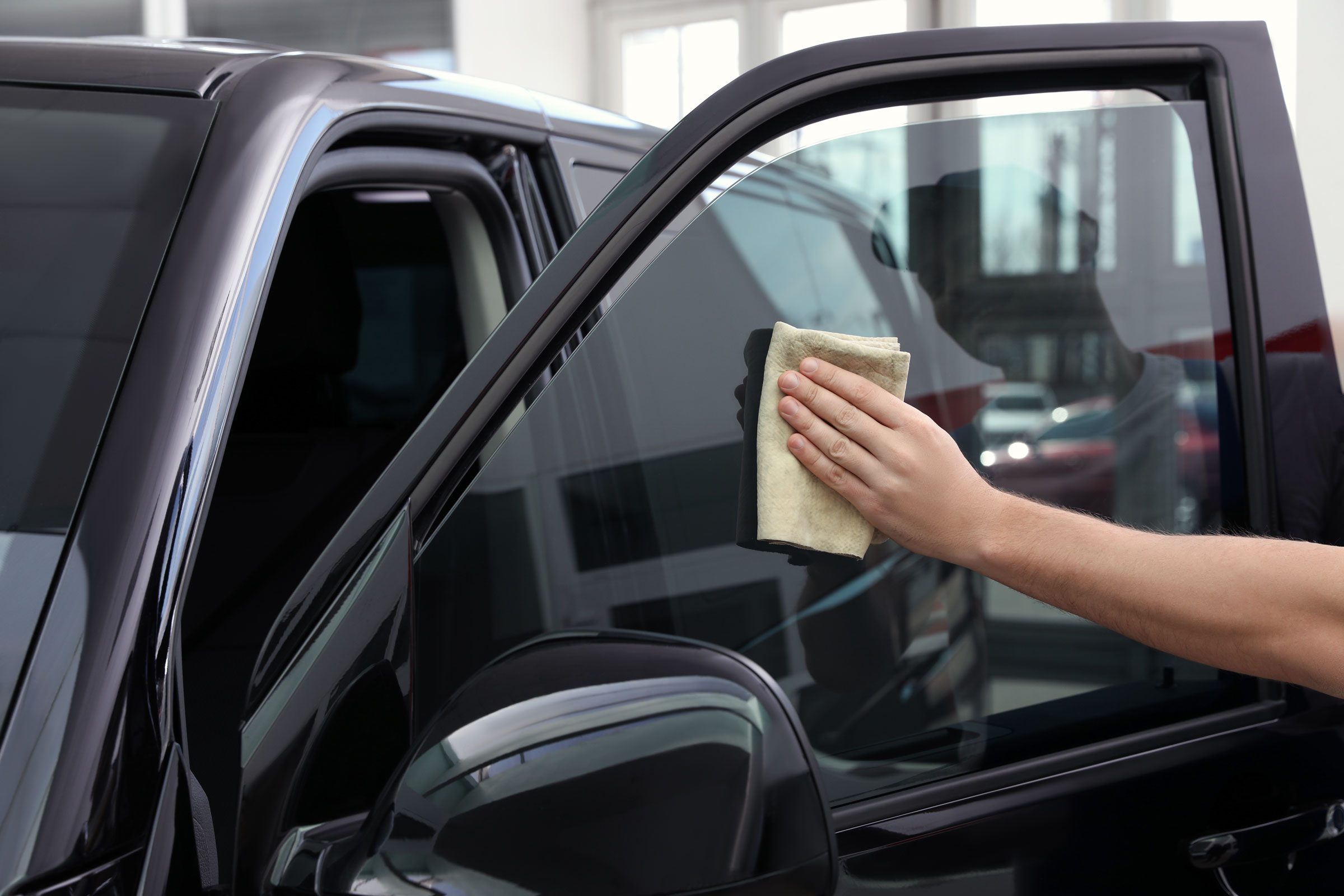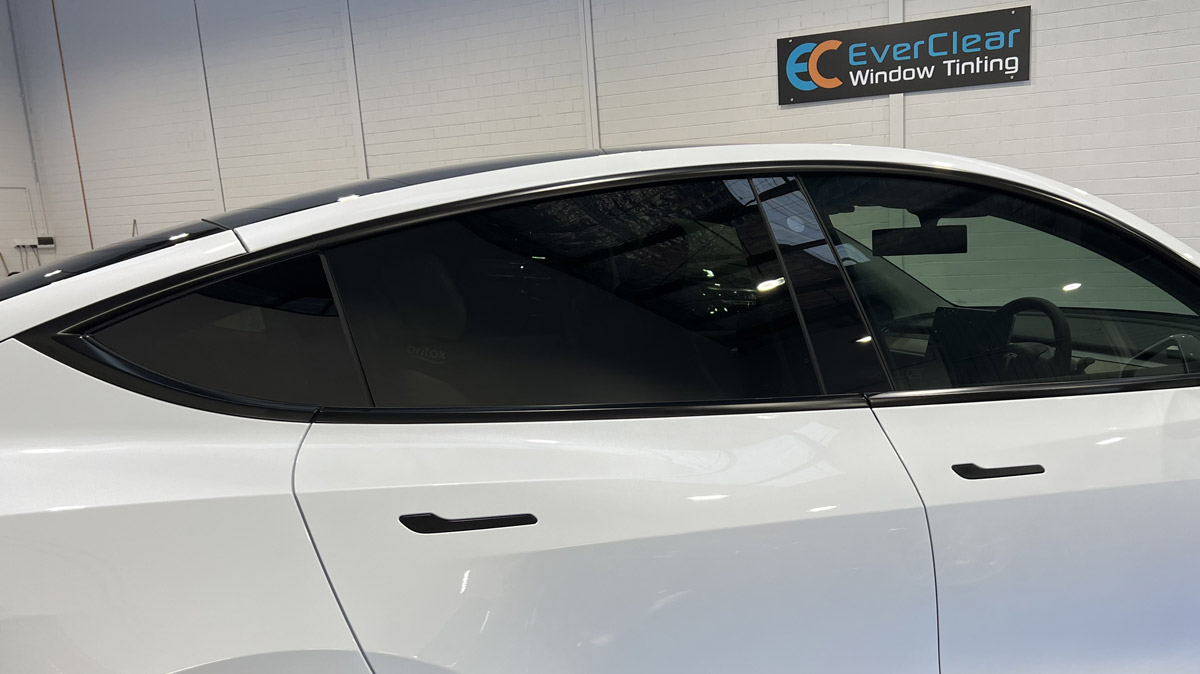Window Tinting Options: Discover the Right Shade for Your Style and Needs
Choosing the appropriate window tint for your vehicle entails a cautious consideration of numerous aspects, including individual aesthetic appeals, useful demands, and legal constraints. With choices varying from light tintss that offer marginal privacy to darker tones that improve privacy, the selections can be frustrating.
Comprehending Window Tinting Levels
When taking into consideration window tinting, it is important to recognize the different degrees of tint readily available, as they considerably influence both looks and functionality. Window tinting is classified based on Noticeable Light Transmission (VLT) percentages, which suggest the quantity of light allowed to pass via the glass. The VLT percentage can range from very light (over 70%) to extremely dark (listed below 5%)
The primary levels of tint consist of clear, which provides UV defense without altering exposure; light tint (over 50% VLT), which slightly decreases glow while keeping visibility; tool tint (around 35% VLT), striking an equilibrium between privacy and light transmission; and dark tint (listed below 20% VLT), providing considerable personal privacy and heat reduction however restricting outward exposure.
Recognizing these degrees is essential as they can affect driving safety and security, lawful compliance, and personal comfort. Furthermore, neighborhood policies usually dictate acceptable tint levels, varying by state or community. Before selecting a color, it is advisable to research and ensure adherence to these regulations while thinking about personal preferences for style and practical benefits.
Popular Tint Shades Explained

Among one of the most prominent alternatives is the classic dark tint, generally varying from 20% to 5% VLT (Noticeable Light Transmission) This shade uses optimum privacy and a streamlined, sophisticated appearance. It properly blocks UV rays and warm, making it ideal for warm environments, though it might limit exposure during the night.
Conversely, lighter tones such as 35% or 50% VLT offer a more subtle look while still providing some level of personal privacy. These tones are ideal for those seeking an equilibrium between aesthetic appeals and capability, as they permit far better presence and follow various lawful standards.
An additional emerging choice is the ceramic tint, which can can be found in a range of shades - window tinting. It supplies premium heat being rejected and UV defense without substantially modifying the car's appearance

Legal Rules for Window Tinting
Understanding the lawful laws bordering window tinting is vital for automobile proprietors aiming to personalize their vehicles. Each state in the U.S. has certain regulations governing the darkness or agility of window tintss, commonly determined by Visible Light Transmission (VLT) percentage. VLT refers to the i was reading this amount of light that can go through the glass and the film incorporated.
In many states, policies determine different VLT percentages for various windowss, including front windscreens, side windowss, and back windowss. For instance, some states might enable a color of 70% VLT for windshields while allowing darker tintss for rear windowss. Furthermore, specific states have restrictions on reflective tintss, which can develop glare for various Continue other motorists.
Failing to adhere to these laws can result in fines, mandated elimination of the tint, and increased insurance coverage premiums. Automobile owners need to consult regional laws or state DMV sites to ensure they are within lawful restrictions before continuing with installation. Understanding these laws not just aids prevent legal repercussions yet also ensures a risk-free driving experience.
Advantages of Different Tint Products
Exploring the benefits of numerous tint materials exposes considerable benefits that can improve both the functionality and visual allure of a vehicle. Each product provides unique qualities suited to details needs and preferences.
Dyeded window films are popular for their cost and capability to lower glow. Metalized films, on the various other hand, offer premium warmth reduction and UV defense due to their reflective residential properties.
Ceramic window films represent a premium alternative, supplying remarkable warm rejection while maintaining visibility. They are non-metallic, therefore preventing any kind of signal interruption, and are extremely long lasting, withstanding scrapes and fading over time. In addition, ceramic films do not include dyes, ensuring a longer-lasting look.
Finally, crossbreed films integrate components from dyeded and metalized alternatives, supplying a well balanced performance in regards to warm rejection, glare decrease, and expense. Each tint product offers special objectives, enabling lorry proprietors to choose the finest suitable for their way of living and aesthetic choices, eventually enhancing their driving experience.
Choosing the Right Tint for You
Finding the right window tint entails thinking about numerous factors, consisting of individual preferences, lorry kind, and neighborhood guidelines. Assess your individual style and desired degree of personal privacy, as these will direct your selection of tint shade. Darker tintss supply boosted personal privacy yet may not be ideal for all chauffeurs, especially those who like a more open feel inside their vehicle.
Next, consider your car kind, as the shapes and size of windowss can affect use this link the performance of specific tintss. Bigger windowss might benefit from reflective tintss that lower glow while smaller sized windowss might be more matched to dyeded films that use subtle appearances.
In addition, it's essential to inspect neighborhood guidelines pertaining to window tinting. Lots of states impose limitations on the permitted darkness and reflectivity, particularly for front windowss. Compliance with these regulations is important to stay clear of penalties and make sure safety and security.
Lastly, examine the tint material that finest suits your demands. Options consist of dyeded, metalized, ceramic, and crossbreed films, each offering one-of-a-kind benefits associating to heat denial, UV defense, and longevity. By thinking about these variables, you can with confidence select a window tint that lines up with your design and functional needs.
Verdict
To conclude, selecting the ideal window tint calls for cautious consideration of numerous factors, consisting of VLT percentages, local guidelines, and the desired visual. Various tint materials use one-of-a-kind benefits that can boost automobile convenience and security. By thoroughly comprehending the offered alternatives and aligning them with specific choices and practical needs, one can accomplish an ideal balance between style and capability in window tinting selections.
Selecting the suitable window tint for your lorry includes a careful factor to consider of numerous aspects, including individual visual appeals, useful needs, and lawful limitations. Each state in the U.S. has particular regulations governing the darkness or agility of window tintss, typically determined by Visible Light Transmission (VLT) percentage. Some states may allow a tint of 70% VLT for windshields while permitting darker tintss for rear windowss.Discovering the right window tint includes considering different elements, consisting of personal choices, car kind, and local guidelines.In final thought, picking the ideal window tint requires cautious factor to consider of numerous variables, consisting of VLT portions, regional guidelines, and the desired aesthetic.